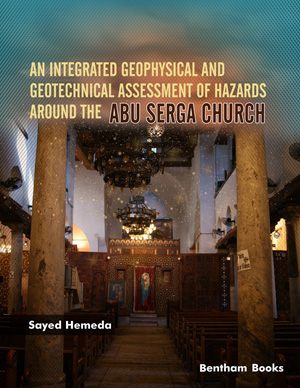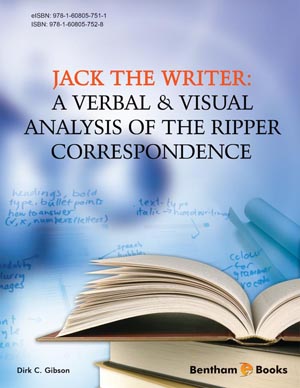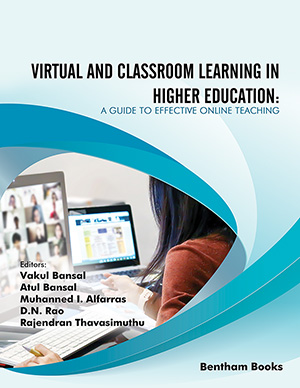Abstract
This essay argues that J.R.R. Tolkien changed the understanding of fairy tales and fantasy literature through his academic and literary works. The accepted view at the time of fairy tales was that they were the product of intellectually limited childish minds trying to portray the world we live in in a symbolic fashion and have a very limited function for the adult reader of today except as an anthropological curiosity. In contrast, Tolkien focused on humanity’s desire to create new worlds and discuss the fundamental truths of our existence independent of the primary world we live in. Tolkien insisted that creating a secondary world, a fairy world that could attract the attention of the reader, required a higher form of literary expression. The writer should be able to create an “inner sense of consistency” so that the reader will be able to enter and roam in this secondary world without feeling alienated. To create this extensive secondary world, Tolkien used architecture and literature, which are the two most fundamental forms of art that have the ability to express both our external and internal experiences. He meticulously created an architectural style for each race living in this secondary world, expressing their ecological awareness and aspirations. A professor of Anglo-Saxon, he also created an output of literary works focused on poetry and songs for different races indicative of their characteristic traits and history.
Keywords: Andrew Lang, Architecture, Conditions of the civilization, Disease of mythology, Fairy tales, Fantasy, Fundamental forms, Humanity’s desire, J.R.R. Tolkien, Literature, Lord of the Rings, Max Muller, Middle-earth, Modern, Secondary world, Shelter, Sub-creation, Supernatural, The Hobbit.













